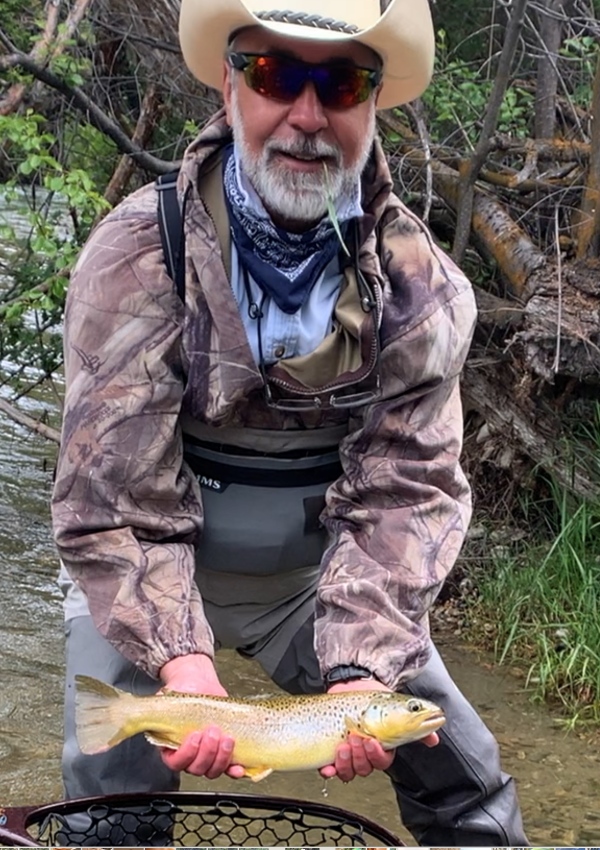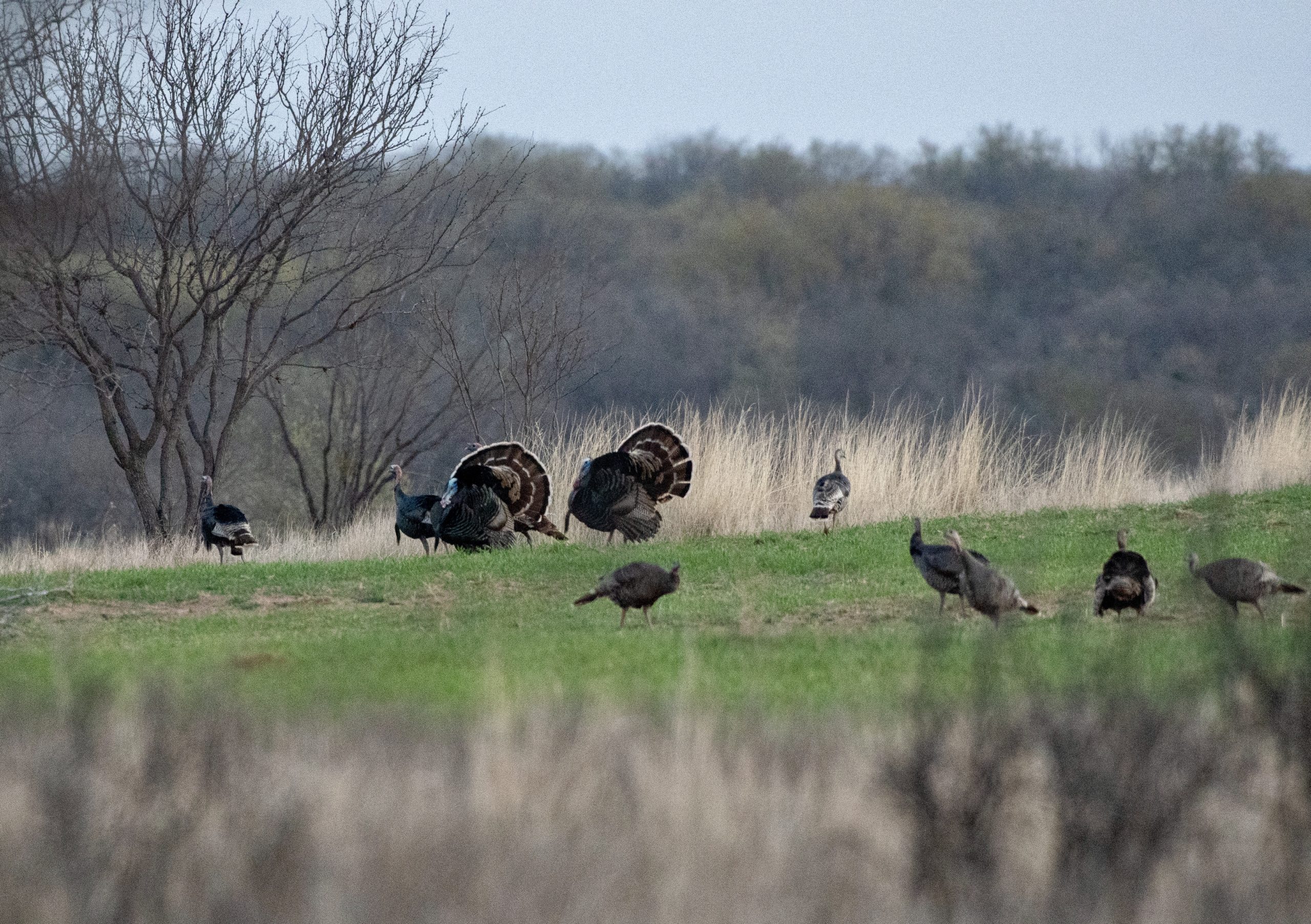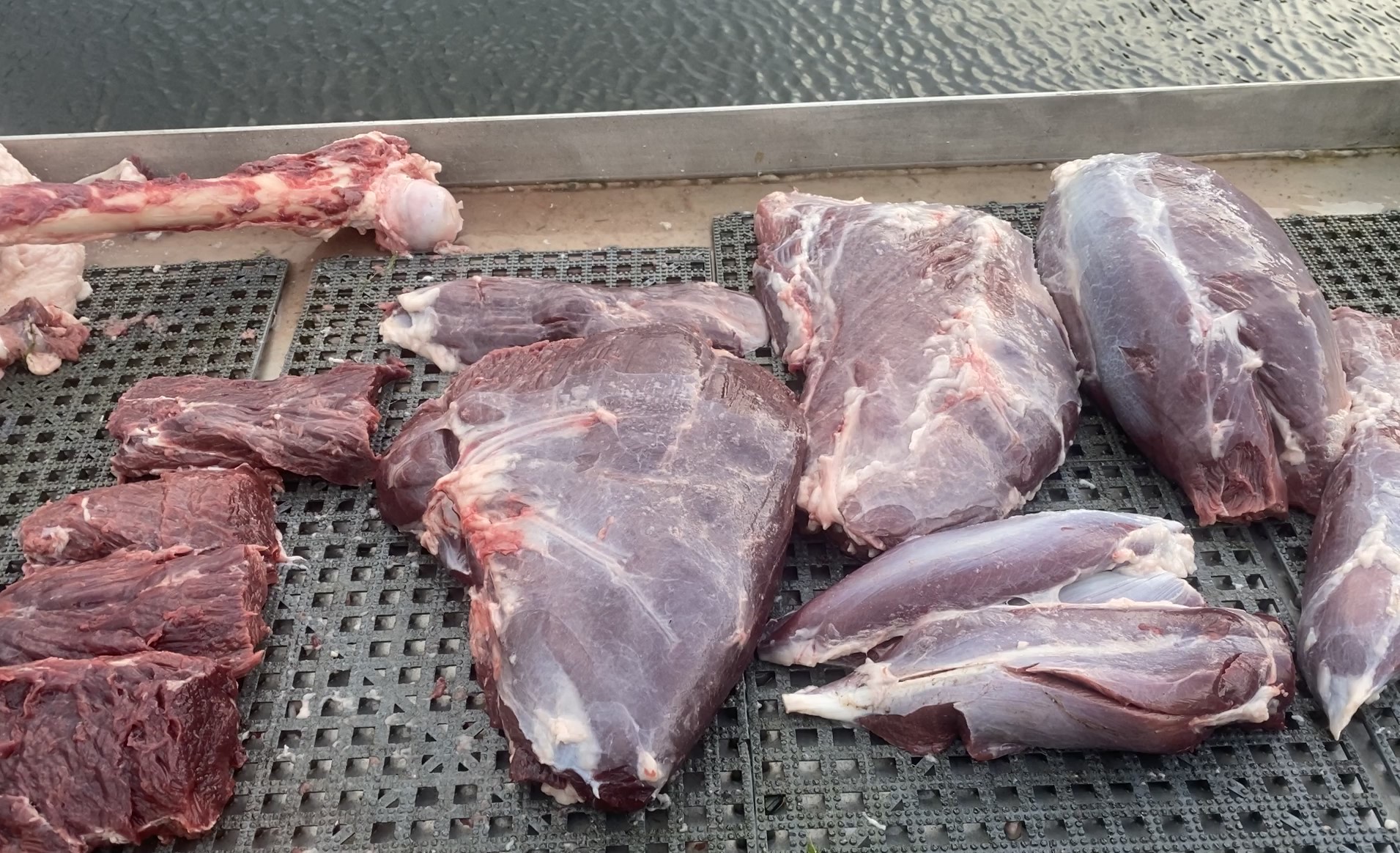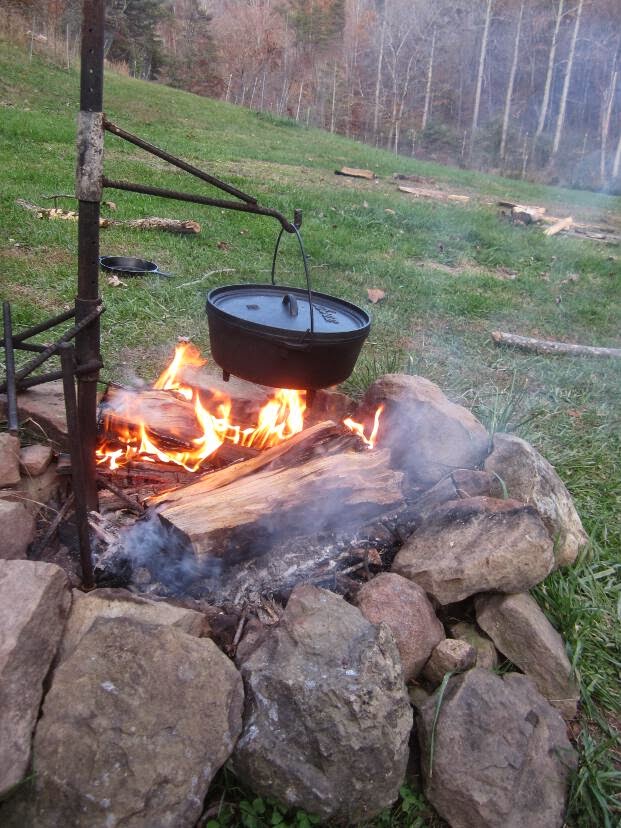
As a professional chef, it’s always a pleasure to watch another craftsman no matter what their trade, working their passion creating something amazing. If you want to watch the guru of Dutch Oven cookery check out Colleen Slone at International Dutch Oven Society (IDOS.org) or on you tube. Not only is she an outstanding technician but she is also a walking encyclopedia of information about everything cast iron. She could feed a forest service team by just using two Dutch ovens.
Dutch Oven Cookery is an Art form, it’s all about managing your cast iron with your heat source and your ingredients to obtain your desired outcome. Cooking is all about utilizing and maximizing your senses, watching, smelling, tasting, touching, and listening to your food as it cooks. Sound familiar? Yep, just like hunting!
My first experience with Dutch Ovens was in scouting. I love the fire and loved to cook so I found my place in camp immediately. After burying my first cobbler in hot coals of a hard wood fire I soon learned I didn’t need that much heat. Now after years of experience I’ve learned that it’s all about understanding how your heat source whether it be a hard wood fire, charcoal, or butane burner, affects your cast iron and how your cast iron conducts this heat to the food within. It’s really not that difficult a process especially when you are observing with all your senses. Once you’ve worked your ovens multiple times you will get the feel and once you experience the success and enjoy the fruits of your labor you will be hooked.
Let’s get to the meat of things. There are many types and styles of Dutch Ovens. Some are porcelain lined, some have legs and lids, some don’t, they come in different sizes, from 6” – 10” and larger. I’m going to refer to the ones with legs and lids in this column although much of this information applies to all cast iron cookware. For purchasing and/or shopping for Dutch Ovens and accessories, check out Lodgecastiron.com and/or campchef.com.
After your Dutch Oven has been seasoned (later in this column) start with a safe, secure, stable, flat, base especially fire safe. You don’t want to start a forest fire. Don’t cook on your deck, inside your house, or garage. Be sure you fire is totally out. I use an extra-large pizza pan as a base on the ground. Next, start with your preferred choice of charcoal. Use the type charcoal you are most familiar with when grilling.
Use a charcoal starter, there are many types, I use an empty #10 can with holes around the bottom to start my coals.
The basic guideline for a 12” Dutch Oven is approximately 10 coals beneath and 12-14 on top. For a 14” oven use approximately 12 coals beneath etc. If you are stacking two or more Dutch Ovens, use less on top because your upper oven will retain more heat between the two. Rotating the ovens is optional, if you choose to do so, rotate the bottom a quarter turn every 20-30 minutes, and rotate the top lid only when you check your product, don’t open too often because you will lose all your heat. It’s like opening your oven too much or opening one of the newer refrigerator’s door too long and the alarm sounds.
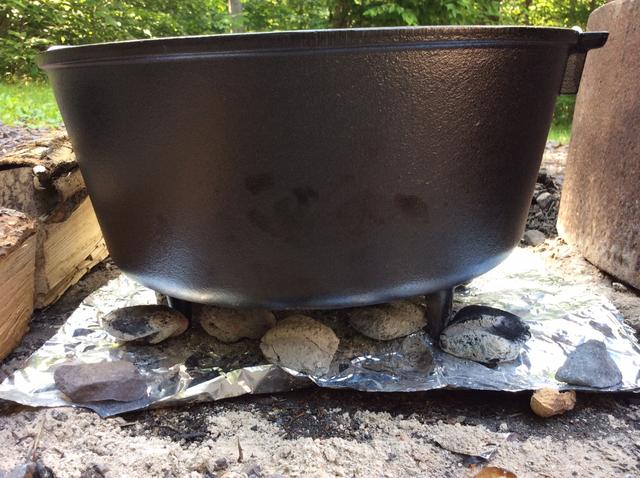
Some basic guidelines are; do not overload the oven especially when preparing stews, soups, and breads that will rise. If deep frying, make sure the fat is less than half the depth of the oven, allow for food displacement as well as the foaming of the fat. (fire prevention). The best style lid used for crepes and hot cakes is the inside of a flat one. Always remember the handles are as hot as the cauldron. Never place ice cold water in a hot Dutch Oven, this extreme temperature change could crack it. Don’t place your Dutch Oven in a household dishwasher, the detergents will ruin the ovens seal or even pit the iron.
Before seasoning a brand new Dutch Oven be sure to melt the wax off by heating in an oven or grill with a foil drip pan to catch and to prevent smoking and fires. Follow manufacturers directions for this step You should find directions for seasoning your cast iron as well. There are many ways to season your cast iron, the most basic way is to rub the entire surface both inside and out with oil such as canola or salad oil. Use foil and/or drip pan even though there should only be a very light coating of oil, it should not be dripping off the cast iron. Place upside down in hot oven (400 degrees) and bake for a couple hours. This process works great on an outside propane grill that you can get a 400-degree temperature. This prevents smoking up your house and setting the smoke alarm off. Sometimes it takes a couple times to season your cast iron, don’t get discouraged.
After use, wipe out, wash well, do not use metal scrubbers, once your iron is seasoned well, it is fine to use dish soap if needed. I use dish soap all the time, just not a metal abrasive. Wipe clean, and dry, it is extremely important to keep dry.
To store you Dutch Oven, wipe clean, dry, and rub entire surface very lightly with oil. Keep the lid cracked to prevent a seal when storing. I place a paper towel inside to prevent dust from collecting. Don’t use animal fat or butter that will turn rancid with time and temperature.
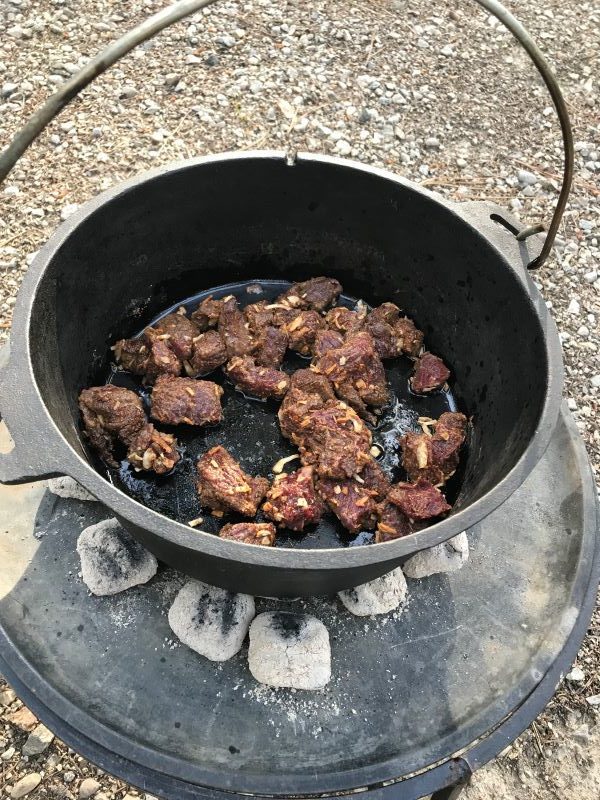
The cooking methods and foods that can be prepared in Dutch ovens are unlimited. Just check out the recipes that are prepared at Dutch Oven competitions. Its best to start with one pot meals such as stews, chilies, soups, and cobblers.
I love using Dutch Ovens in camp because once I’ve got the heat going I can sit back and enjoy the fire, family, and friends.
After you’ve tried a couple basic recipes in your Dutch Oven experiment and see how easy it is to convert many of the recipes found at fromfieldtotable.com using your Dutch Oven.
Here are a couple delicious basic recipes for your next adventure with your Dutch Oven.
Dutch Oven Apple Cake
Good Cooking, Chef Wutsch


